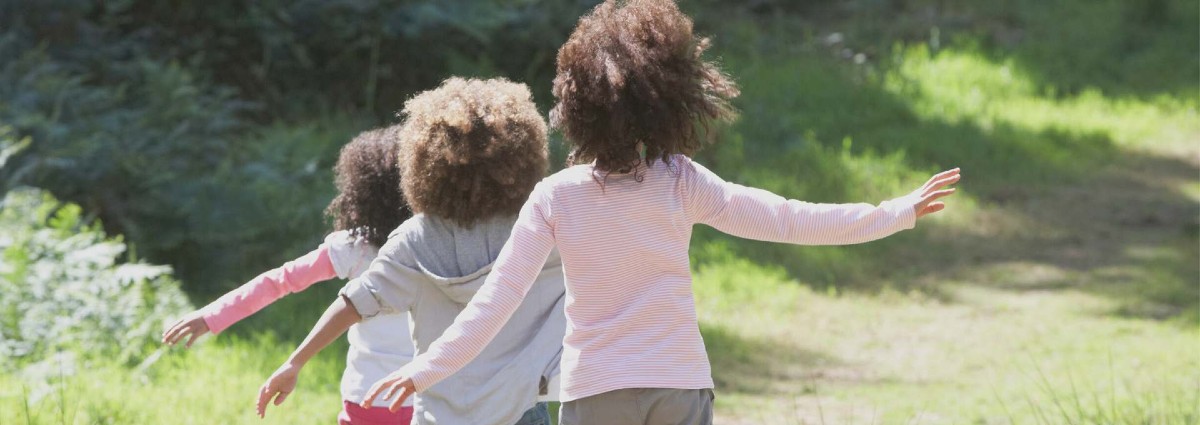Anxiety in children – when should you seek help?
In this blog, child and adolescent psychiatrist, Dr Sabina Dosani, explores when it is the right time to seek professional help for your child.
Some anxiety in children is normal
All children and adults feel stressed from time to time. Experiencing some anxiety in childhood and beyond is normal. As parents know, most toddlers fear monsters, and many children show signs of anxiety on their first day at school.
When does childhood anxiety become a problem?
Anxiety becomes a problem when it interferes with a child’s life. For instance, fear of contamination can lead to avoidance, which may hinder friendships. Fear of being away from home often affects a child’s ability to go to school, and fear of the dark can play havoc with sleep routines and make for very stressful evening routines for the whole family.
Children and young people with anxiety disorders experience extreme fears, worries or a sense of dread that is out of proportion with a real or imagined threat and impacts on many aspects of life.
Different types of anxiety disorders in children
Anxiety disorders change how children and young people think, often affecting their ability to make logical decisions. Although historically considered harmless, these disorders can interfere with academic, social, and family life.
Although anxiety disorders are very common in children and teenagers, they are also one of the least well understood conditions in this age group. Most anxiety disorders begin during youth (12-21), although they are often first diagnosed later in life. Anxiety disorders affect one in five and one in ten children and teenagers at some stage.
Good evidence exists for early intervention and self-management for children and young people with anxiety disorders. Delays in diagnosis, failure to involve patients in treatment and poor follow-up can lead to further deterioration.
Untreated childhood anxiety disorder is a predictor of not only adult anxiety disorder but also depression, suicide attempts, educational underachievement, substance misuse and inpatient psychiatric treatment.
Most children and teenagers with anxiety disorders do not receive high quality assessments or evidence-based treatments. This is a great pity, as treatment with cognitive behaviour therapy and selective serotonin reuptake inhibitors is effective.

Anxiety disorders in children and young people are often missed because of the widespread belief that anxiety in children is always mild, transient and has no harmful consequences. Questions parents should ask themselves if they aren’t sure whether to see a professional:
- Does your child worry or ask for reassurance almost every day?
- Does your child consistently avoid certain age-appropriate situations or activities or avoid doing them without a parent?
- Does your child frequently have a tummy ache, headaches, or episodes of hyperventilation?
- Does your child have daily repetitive rituals?
Ask for specialist assessment and therapy if:
- Your child or teenager has persistent worries or intrusive thoughts, extreme clinging, avoidance, or repetitive behaviours that interfere with school performance, friendships or family life.
- Your child has palpitations, chest pain, abdominal pain, vomiting, shortness of breath or sleeping problems for which no physical cause can be found.
Case histories
Seven year old Robert suddenly became afraid of the dark after his parents separated. He became increasingly distressed and tearful as each evening approached. At bed time, he screamed and hyperventilated and was then alarmed by a feeling of pins and needles in his fingers and toes. His mother, Shelley, felt she was to blame, and was worried about him. She thought he might damage his heart because of the palpitations he experienced in the dark. Shelley’s sister has a lot of fears and worries, and she was worried Robert might take after her. Shelley let Robert settle in her bed first and then carried him to his bed when he was asleep. Often Robert would wake while being transferred or shortly afterwards, and as soon as he realised he was in the dark, he would scream out in terror until his mother came to get him and took him back to her bed. After a few weeks, neither of them were getting an adequate night’s rest, and Shelley went to her GP asking for something to help her sleep.
Examination
On examination Robert was mildly tacchycardic (a fast heartbeat) and had raised blood pressure. He was otherwise fit and healthy and no other physical abnormalities were noted.
Diagnosis
Robert has an intense unrealistic fear of the dark, in other words, a phobia.
Treatment
A child psychologist developed a behavioural approach for Shelley to help Robert stop being afraid of the dark. Shelley was given some basic information about anxiety, and specifically what was happening in Robert’s body when he was afraid. She understood that he wasn’t going to seriously hurt himself by having palpitations, and that it wasn’t her fault he was suddenly afraid. She was directed to buy a night light. At home, Shelley tried it in different sockets in Robert’s room to ensure it didn’t cast any frightening shadows. That evening, Robert was taken to his bed at bed time, and after the light had been turned out, Shelley stayed in the room for a few minutes and talked to Robert about how different things look. They noticed how the door handle looked longer and thinner and how the toys on his shelf looked different in the dark than during the day. Shelley left Robert’s door slightly open, telling him she was just across the hallway in her bedroom. Although Robert got off to sleep, he woke up in the night and screamed for his mother. Instead of taking him back into her bed, Shelley comforted him in his own room and told him how proud she was of him for being brave enough to boss his fear away and sleep in a room by himself.
Outcome/follow up
It took seventeen consecutive broken sleep for Robert to overcome his fear of the dark, and a big part of this was Shelley's consistent approach to him. Sixteen weeks after this brief but timely intervention, Robert was no longer afraid of the dark.
Several treatment routes exist for children and adolescents experiencing anxiety, but research has shown that seeking help early can improve long-term outcomes. A child and adolescent psychiatrist can diagnose the problem and determine the best treatment routine.
Dr Sabina Dosani
Consultant Child & Adolescent Psychiatrist
Dr Sabina Dosani is a highly experienced Consultant Psychiatrist currently working for the Anna Freud Centre looking after Children and Adolescents. She has a Bachelor of Medicine and Bachelor of Surgery as well as being a member of the Royal College of Psychiatrists. Dr Dosani also has a certificate in Systemic Practice (Family Therapy).
Related articles
How can I help my child with stress and when should I seek professional help?
Anxiety disorder assessments: what to expect from your child’s appointment

